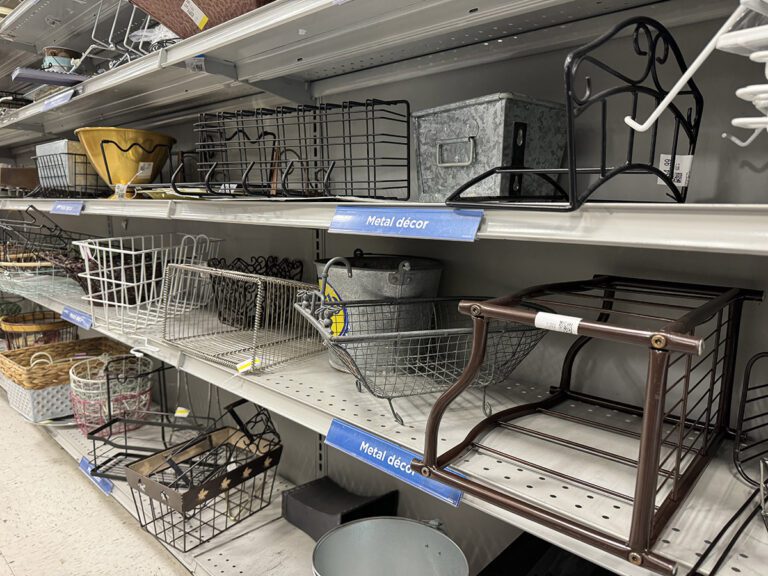I could feel the beads of sweat building on the back of my neck as I watched twenty-six fourth graders stare at me and wonder why their clay projects were literally falling apart in their hands. I wanted nothing more than to hit the pause button on life and go bury myself deep in the corner of the art room. But that wasn’t an option. I had to think fast before the entire class blew up in my face.
Have you ever been where I was?
There is really nothing like the adrenaline you feel pumping throughout your body when you realize your art project is sinking and you were the captain in charge.
As teachers we do everything we can to make sure our lessons are foolproof. We test them, we think about them, or if you are like me, you even dream about them. But every once in a while you find yourself in the Bermuda Triangle of art rooms and everything comes crashing down at once. Teachers rarely like to talk about the times we fail. But sometimes talking about those moments helps us to prepare in case we ever find ourselves in that place again.
Having personally experienced the crash and burn of an art project, here are ten tips that you can use when you find yourself in a spiraling pattern and the only direction you are headed is down.
1. Breathe
Take a deep breath and realize this is not the end of the world. Your students need you to remain calm. Doing so will help them stay focused and not start panicking.
2. Assess the Situation
Are there just a few students struggling or is the majority of the class sinking? If only a few students are having issues, then consider having them stay after class or come in during recess for some extra help. If the majority of students are having issues, then move on to step three.
3. Don’t Be Afraid to Stop
Stopping a class from finishing a project that is failing might sound like a crazy idea, but in reality, you might just be stopping a small flame from turning into a wildfire.
4. Have an Honest Conversation
Lessons can bomb for all sorts of reasons: teacher error, material failure, lack of student cooperation, technology issues, and more. Sometimes the best thing you can do for your students is to talk with them about why the project might not be going well. This honesty can ease a lot of stress that you and your students might be feeling. Plus, being honest, even when the lesson failure might rest on you, makes you pretty darn brave!
5. Have a Back-Up Plan
Try to always have a filler or back-up plan on hand in case a lesson starts heading South. These can help to fill extra time that you had not planned on having.
6. Say Yes to a Second Chance
Don’t be nervous about giving a good lesson a second chance even if it failed the first time around. When my fourth graders’ clay projects were breaking apart in their hands, I knew I could give this lesson a second chance. It was actually a blessing in disguise, because it helped me evaluate how I might make the lesson work better and produce a successful outcome for everyone. The second time I taught it, everyone aced it!
7. Say No to Lame Lessons
If a lesson failed because it wasn’t a good lesson then don’t be afraid to put it on the shelf for good. If you think you can revamp it then give tip number six a go!
8. Share with a Buddy
No one wants to go around saying the lesson he or she just taught was hugely unsuccessful. But when my lesson failed I made it a point to tell my husband and my other specialist friends. They were great at reassuring me that we’ve all been there and that one failed lesson is not a reflection on my teaching ability.
9. Ask for Help
See if any of your art teacher friends have any clever tips that might help the lesson to go smoothly. Sometimes the best lessons come forth after some good collaboration.
You all rock! The kids will still love you even if a lesson goes awry. So smile, maybe even laugh at the disastrous lesson, and then get back up to the front of the class and do what you do best!
Tell us about a time a lesson of yours failed. Did any positives come out of it?
What do you do when a lesson starts heading South?
Magazine articles and podcasts are opinions of professional education contributors and do not necessarily represent the position of the Art of Education University (AOEU) or its academic offerings. Contributors use terms in the way they are most often talked about in the scope of their educational experiences.





